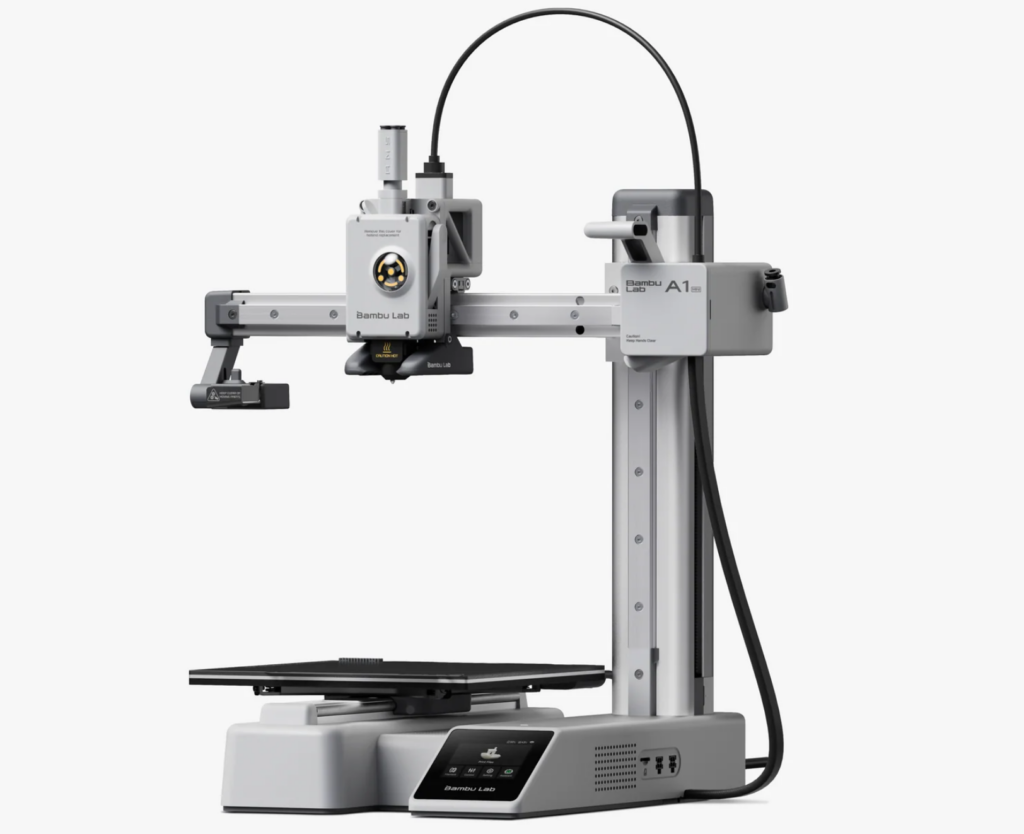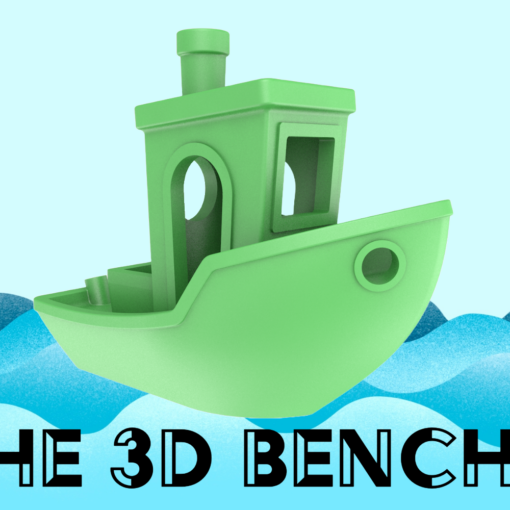
Since the advent of 3D printing technology several years ago, numerous brands have vied for dominance in the market by introducing innovative features. From the earliest Mendel-type printers to the advent of bed-slingers, it were Jozef Prusa and Creality who managed to capture substantial market share through their groundbreaking innovations and cost-effective solutions. Despite efforts from other manufacturers to contribute with cheaper, faster, or slightly modified offerings marketed as revolutionary, Creality and Prusa remained the stalwarts in the consumer 3D printing arena. Until…
A little less than a year ago, BambuLabs made its debut in the 3D printing industry. It all began with their high-end, lightning-fast X1 machines, which, depending on the configuration, not only boasted remarkable speed but also accommodated a wide range of materials. While this printer garnered significant interest from consumers, some found it to be on the expensive side compared to other brands, with an average cost nearly seven times higher. Consequently, it became a preferred choice among professionals and avid enthusiasts. To address this, BambuLabs introduced the P1 series printers, closely resembling their pricier X1 counterparts but omitting features like side panels and Lidar for bed leveling. This strategic move significantly lowered the price point, attracting a wider audience of consumers and hobbyists. Although it couldn’t print all materials, it excelled in rapidly producing the materials most frequently used by hobbyists. Nevertheless, even with this cost reduction, the starting price remained roughly three times higher than the budget-friendly Ender 3 and its clones. In other words, despite the impact on competitors like Creality, Prusa, and smaller players in the market, there still existed ample room for them to thrive in the budget segment.
That’s where BambuLabs made its next strategic move with the introduction of the A1. This compact printer, resembling a Prusa Mini or a Kingroon KP series printer in many ways, inherited the speed of its larger siblings. It incorporated advanced technologies such as input shaping and pressure advance, and it offered an optional AMS unit capable of handling four different filaments. The most exciting part? The price of this printer, including the AMS unit, is lower than the average printer that can mix two filaments. Even without the AMS unit, its price is competitive with Creality or Anycubic printers, but with all these exceptional features on board.
In the rapidly evolving world of 3D printing, BambuLabs is undeniably a force to be reckoned with. Their ability to balance innovation with affordability has made them a disruptive player in the market. As they continue to push the boundaries of what’s possible, it will be interesting to see how other industry giants respond to this fresh contender. Will BambuLabs take the 3D printing world by storm? Only time will tell, but for now, one thing is certain: they are reshaping the landscape of 3D printing technology for the better.




